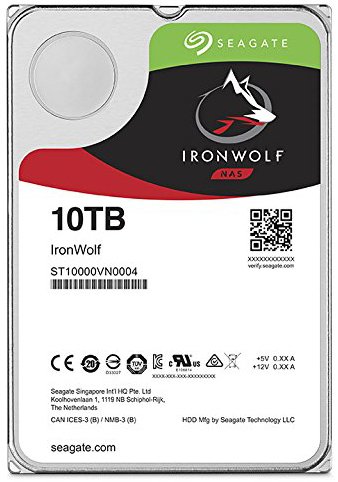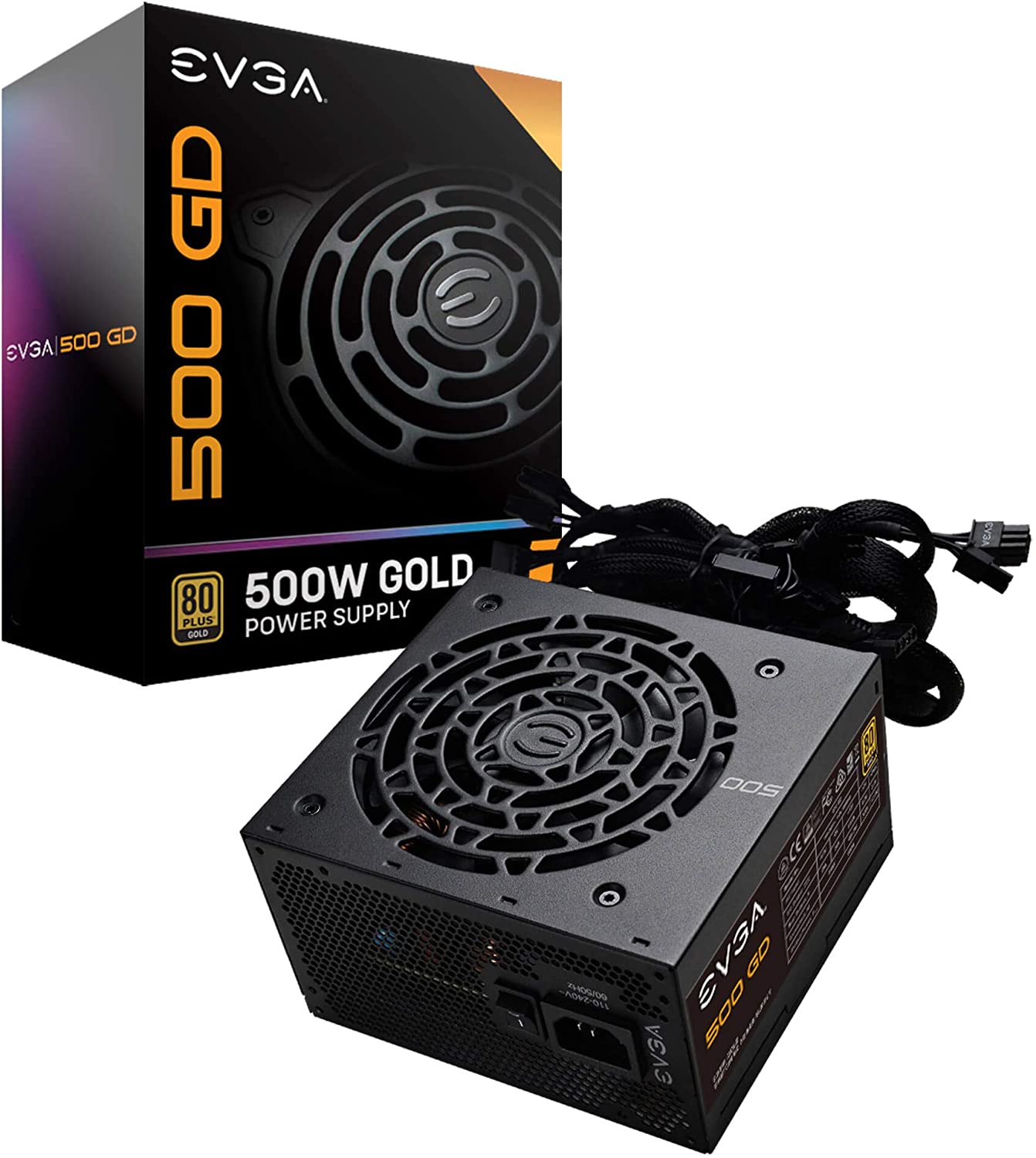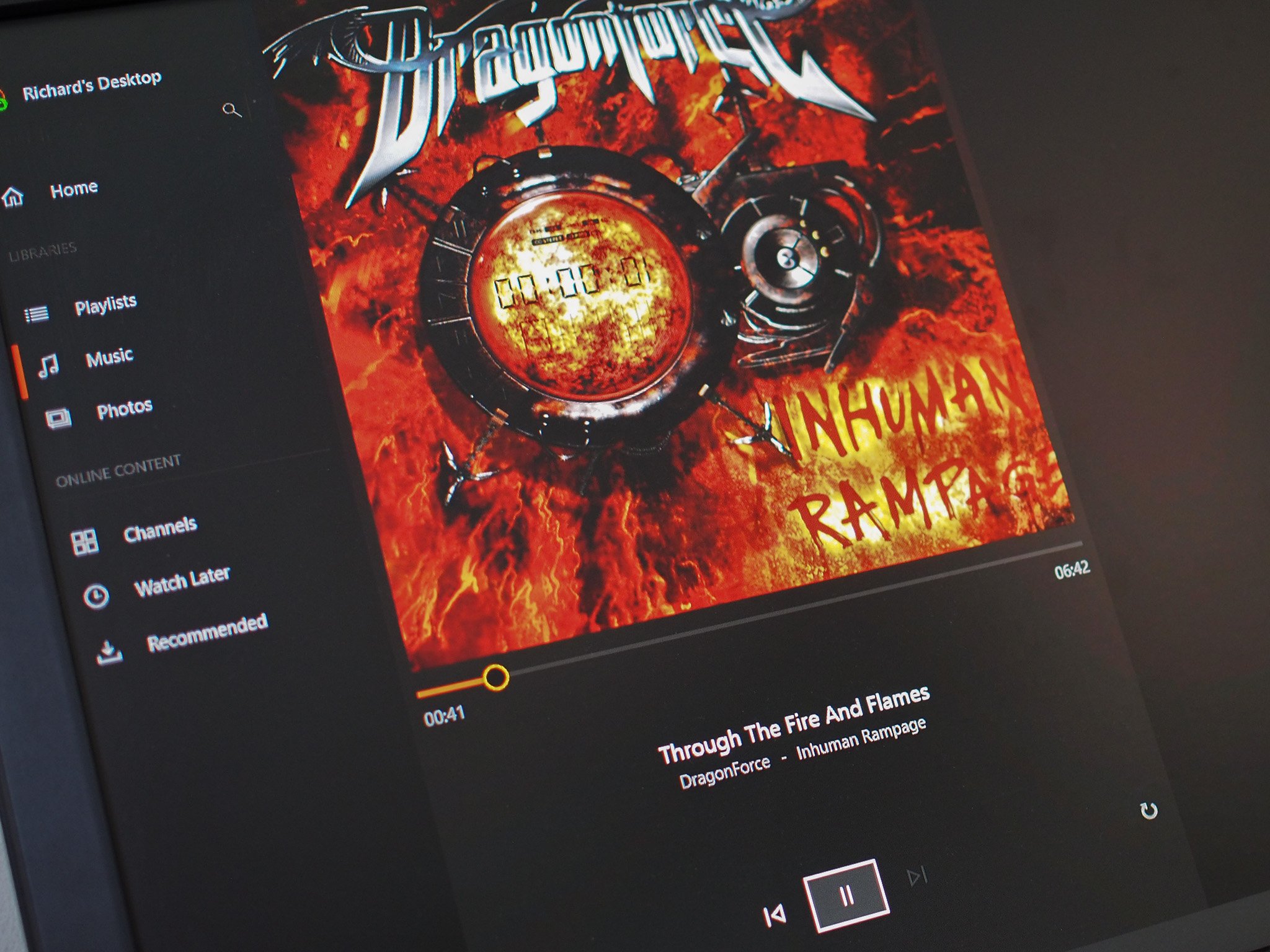Instead of labeling 20 external hard drives and keeping them in a secure location, it may be a good idea to build a network-attached storage (NAS) server. As well as buying a pre-built enclosure, you could build one yourself. It's sure to come in handy while you're stuck at home for a while. Here's everything you need to know on how to build your own NAS.
Case
Thermaltake Core V1 Mini-ITX case
This compact case from Thermaltake allows you to store a few drives inside, while also letting you cram it full of all the components required to build your own NAS, including up to two 3.5-inch drives. It's also affordable.
CPU
AMD Ryzen 3 3200G desktop processor
The AMD Ryzen 3 3200G is a quad-core processor with a boost speed of up to 4.0GHz. This doesn't sound like much, but it's a great starter package with killer integrated graphics for a custom NAS and the option to upgrade at a later date.
Power supply
EVGA 500 GD
The PSU is one of the most essential parts of any PC build due to it being solely responsible for supplying clean power to the rest of the components. This EVGA unit is a reliable, affordable option that's 80 Plus Gold certified.
Motherboard
ASRock B450M Pro4
This isn't the most thrilling motherboard around. Still, Mini-ITX boards are generally more expensive than ATX counterparts since manufacturers have to cram a lot of components onto a smaller PCB. This is a solid option for a NAS, however, with two RAM slots, M.2 slots, and plenty of ports. We're using B450 here since AMD has yet to release newer APUs.
RAM
Corsair Vengeance LPX 16GB

You shouldn't require more than 8GB of RAM on a NAS. You shouldn't need more than 4GB, but this module from Corsair is reliable and affordable.
OS M.2 SSD
Samsung EVO Plus 250GB

Samsung's EVO Plus M.2 solid-state drives (SSD) are blazing fast and use a particular slot on the motherboard, freeing up SATA ports and drive bays inside the Thermaltake case for our large NAS drives.
NAS storage
Seagate IronWolf

Seagate IronWolf NAS drives are specifically designed for use inside an always-on server. They range from 1TB to 16TB in size, so it's possible to configure enough capacity for your needs.
Building your own NAS
Why you should buy a NAS is largely due to its capabilities. While it's simply a storage device that's attached to your home or office network, either through cables or wireless, a NAS allows for all connected devices with correct permissions set to access files on internal drives, as well as installed services and apps. It's possible to purchase a prebuilt NAS, but the prices can get out of hand, depending on requirements and features.
It can sometimes work out cheaper to go it alone. For pre-built enclosures, we took a look at the best NAS for Plex for running Plex Media Server. Still, if you'd rather have a fun project to be tasked with or wish to configure your own system (more ideal for streaming and various demanding tasks), then it's possible to create your own NAS.
Here are some of the advantages when it comes to building your own NAS setup:
- Better value.
- Room to upgrade in the future.
- Configurable to exact requirements.
- More powerful and feature-rich than prebuilt systems.
Case
With a NAS system, the aim is to keep the footprint small but have ample room to throw in several storage drives and capable components. The Thermaltake Core V1 case is excellent for this, sporting the option to fit up to two drives.
For cooling, Thermaltake preinstalled a massive 200mm fan in the front. It's also possible to add other cooling solutions inside, including an all-in-one water cooler for the CPU.
CPU
Should you go with Intel or AMD? Intel has a wide range of processors that will do the job, depending on what tasks you want the NAS to perform. An Atom or Pentium processor will be more than enough for file and media storage, while an Intel Core i3 chip will be better for streaming, Plex use, and multi-user optimization. We're going with AMD, however, to take full advantage of integrated Vega graphics.
Our choice will be an AMD Ryzen 3 3200G, which sports four cores that can boost up to 4.0GHz. This is more than enough for file storage and can even handle some video transcoding without breaking the budget. It also comes with a snazzy cooler!
Power supply
EVGA's 500W BR power supply is an excellent unit for any PC with an 80 PLUS Bronze certification and backed by a plethora of positive reviews. For our NAS build, we'll be relying on not only the reliability that comes with the certification and branding but also the modular cabling that will help avoid clutter inside the small case. You also won't require anything more than 500W, so this PSU should be good for future upgrades and builds with a dedicated GPU.
Motherboard
Combined with our AMD Ryzen processor, the ASRock B450M PRO4 is perfect for a NAS setup. This is an excellent mini-ITX board with ample room for expansion, thanks to the PCI Express slot, four SATA ports, a single M.2 port, gigabit LAN, and built-in wireless.
RAM
When it comes to RAM in a NAS, you only really need to pay attention to speed and capacity. We selected a Crucial Vengeance 8GB kit that should be more than enough for most NAS-related tasks, including some streaming. Just make sure you're using RAM supported by the motherboard, and you're good to go. Our motherboard in this collection has two slots, allowing us to upgrade the capacity to 16GB at a later date.
Storage
Storage options depend on how much space you wish to use. We'd recommend starting with 1TB or 2TB mechanical drives, with a 250GB M.2 SSD if your budget can stretch for a more efficient system drive. Brands like Western Digital and Seagate offer dedicated NAS solutions.
For our reasonably priced build, we selected Seagate IronWolf. It's always recommended to pair up hard drives in a RAID configuration, just in case something goes wrong, causing your drive to fail — you don't want to lose everything stored on the NAS. Factoring this into account, two 2TB drives in a RAID configuration would offer 2TB of capacity.
Operating system
For the OS, you can go with any free NAS software, though two of my favorites are openmediavault and FreeNAS. Depending on how experienced you are with such software packages, the initial setup process may be a little daunting at first, especially if you're coming from a pre-built NAS enclosure.







0 Commentaires